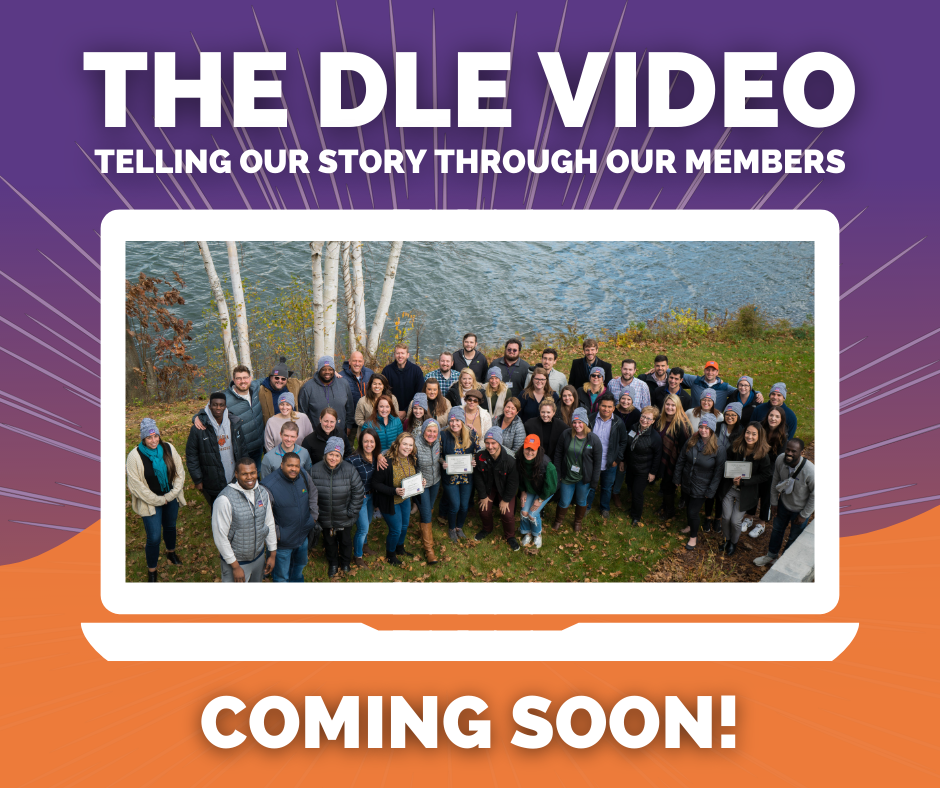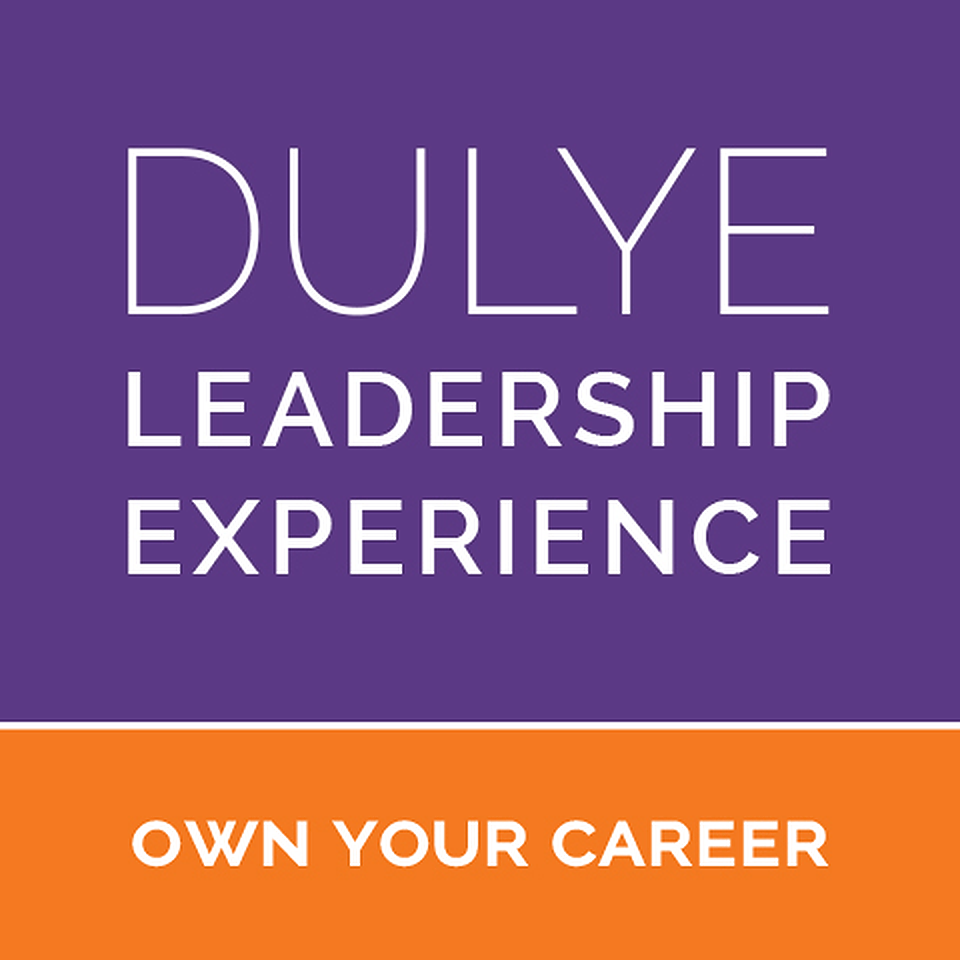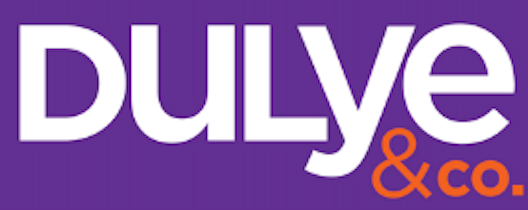
DLE LEADER JON KATZ HITS A HIGH POINT
March 10, 2021
THE DLE VIDEO: TELLING OUR STORY THROUGH OUR MEMBERS
March 10, 2021By Ginger Kuenzel, DLE ’12, Speaker, Author, Editor, Translator, Corporate Consultant, Adirondacks Enthusiast, Hague, NY/ Englewood, FL
Author’s Note: Thanks to modern technology and advances in aeronautics, we were able to put a man on the moon more than 50 years ago. How can we better harness the power of technology today to solve some of the world’s most pressing challenges?
Many things that we considered to be impossibilities not so long ago are now commonplace. For instance, I used to wish that my house would clean itself. Now I can buy a robotic vacuum cleaner. Nearly everything in our homes can be voice-controlled and activated remotely. I can just say, for instance, “Turn up the heat” or “See who’s at my door.”
However, as the saying goes, we can put a man on the moon, but we still haven’t figured out how to solve world hunger, or provide healthcare to people in our own country, let alone those in underdeveloped nations. And what about education? These are basic human rights. Yet for many, they are as inaccessible as a trip to the moon.
Abundance, a book by Peter H. Diamandis and Steven Kotler, offers hope—by laying out how technology can be used to solve many of the world’s problems. For example, the Internet makes it possible to provide education, even to those in the most remote corners of the world. They just need computers and connectivity, which is not an insurmountable hurdle.
We also need to rethink how we educate, the authors argue. In the U.S., mass education began during the industrial age, when everything was being standardized. The education model was one-size-fits-all, with rote learning of facts. Today’s students do not need to memorize facts – they have Google. What they need is critical thinking skills in order to know what questions to ask to get the facts and how to use the information they obtain. The authors propose interesting new education models that would enable students to learn at their own pace, focusing on the skills they are interested in or need in order to thrive in the economy of today – and tomorrow.
In agriculture, technology can make it possible to produce more food, closer to where it is consumed. What if we used empty buildings in cities for this, outfitted with modern technology to provide optimum growing conditions? Crops would be grown hydroponically in clean rooms, with no pests and thus no pesticides. Reduced transport distances mean less greenhouse gas. Energy that today is literally being flushed down the toilets could be harnessed to provide power. The advantages are many. It’s all possible through innovative ideas and evolving technology.
The field of healthcare also offers interesting possibilities. Today, a medical specialist in Chicago can help diagnose a patient in a remote town in Idaho, thanks to the ability to transmit images electronically. Here, too, technology will continue to evolve, opening up even more opportunities.
“The Future is Better Than You Think.” This is the subtitle of Abundance, a book that provides us with food for thought and an optimistic outlook—something we could probably all use a bit more of these days.



